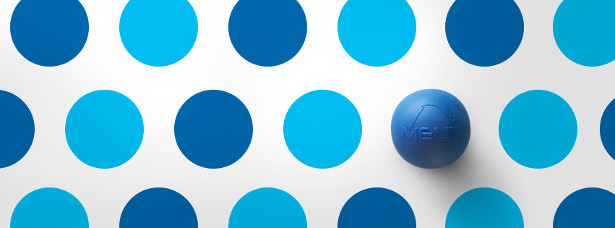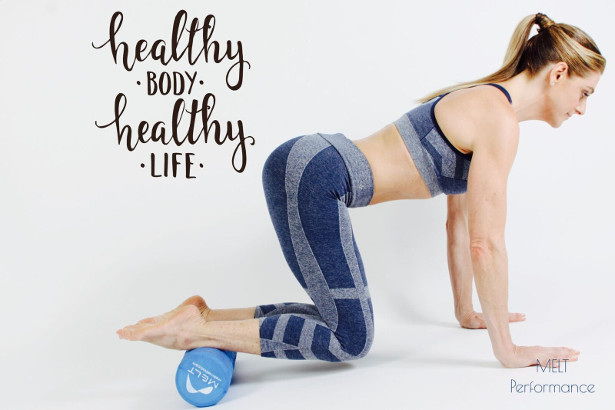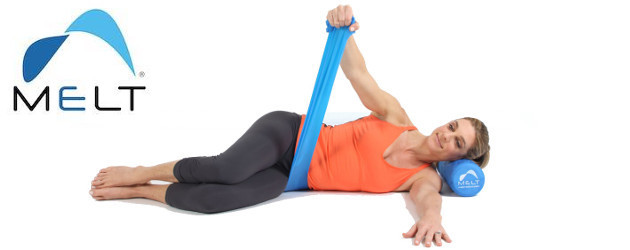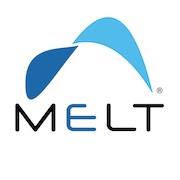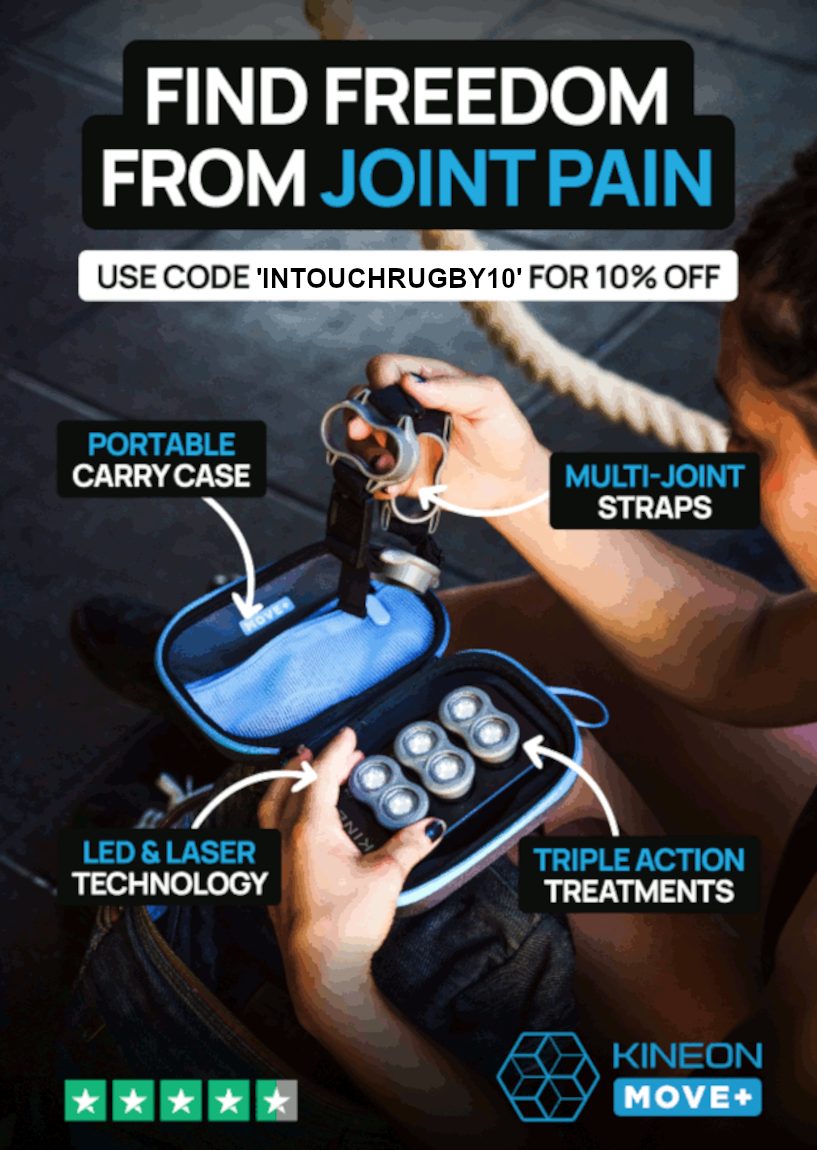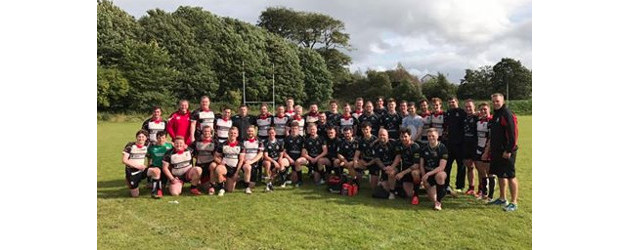Ready or Not – Fall and Winter Sports Season is Here!
Tips to Prevent Injuries for an Active Lifestyle with Sue Hitzmann
www.meltmethod.com/melt-performance

FACEBOOK | TWITTER | YOUTUBE
Fall and Winter sports season has arrived! Parents of kids who play sports know that sport-related injuries are common. As adults, we also take part in physical activities and we too are more prone to injuries. Sue Hitzmann, creator of MELT Performance is here today to talk about 4 common injuries for kids participating in (Football, Cheerleading) and parents in (Marathon Running, and Skiing). Sue gets the family involved to show us how to literally Melt your pain away and help prevent future injuries.
Football – What Football Playing Does to Your Hamstrings
Ankle Sprain/Hamstring
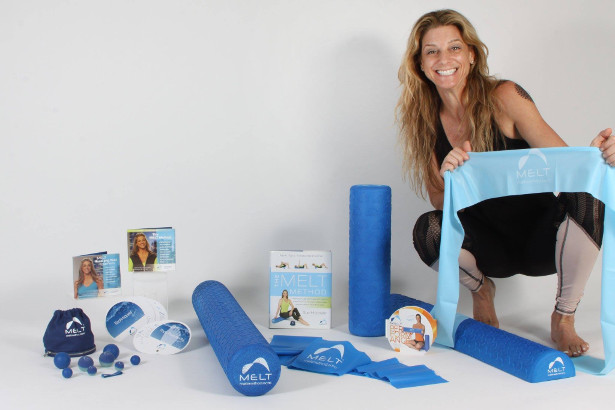
The most common injury: a sprained ankle is an injury that occurs when you roll, twist or turn your ankle in an awkward way. This comes with pain, especially when you bear weight on the affected foot, tenderness when you touch the ankle, swelling, the bruising and restricted range of motion.
How MELT Performance can help: The number one way to prevent an ankle sprain is by improving balance. MELT Performance techniques and sequences are built around reintegrating the stability of the pelvic girdle and core, which can help improve your overall balance. MELT Performance Lower Body Stability moves are especially helpful in strengthening the core., including moves such as “The Clam” and “Side Leg Lifts.” The “Tuck & Tilt” and “Core Challenge” that are part of the Neurocore Sequence of MELT Performance are useful exercises for rebalancing and strengthening core muscles.
Cheerleading – As Cheerleaders Fly High So Does Lower Back Injury!
Stress Fracture in Lower Back
The most common injury: A stress fracture in the lower back. is most common overuse injury of the lower back in sports. This condition is classified as either a bone stress reaction or a stress fracture of the lower back. The symptoms include spontaneous onset and, unilateral back pain – at the beltline. THe pain is Initially sharp then dulls later. This injury is aggravated by arching, standing or pars “stress” activities, especially with increased training.
How MELT Performance can help: Your core and your lower back are directly related. If one is not strong and the other is hyper flexible, it is likely the other will suffer. Most of the MELT Performance techniques and sequences are built around reintegrating the stability of the core. MELT Performance stabilizes the core, which helps prevent this injury. and More specifically, The Lower Body Stability MELT Performance moves such as the “The Clam,” and the “Side Leg Lift” target the core and the hips along with the “Tuck and Tilt Challenge” that is part of the Neurocore Sequence.
Marathon Running – You Have Muscle Cramps During Race Training – Now What?
Muscle cramps
The most common injury: muscle cramps is a are sudden and involuntary contractions of one or more of your muscles. A muscle cramp is a strong, painful contraction or tightening of a muscle that comes on suddenly and lasts from a few seconds to several minutes. It often occurs in the legs.
How MELT Performance can help: Dehydration can lead to muscle cramps. MELT Performance rehydrates muscles so your body can function more efficiently. MELT rehydrates your connective tissue and restores the balance of your whole body through the 4-Rs of: Reconnect, Rebalance, Rehydrate, and Release. When the connective tissue is rehydrated, your body functions more efficiently. All of the MELT Performance Sequences (Upper Body, Lower Body, and Neurocore) rehydrate muscles and joints.
Skiing – Preventing Skiing Related Rotator Cuff Injuries
Torn Rotator Cuff
The most common injury: the rotator cuff is the group of four tendons and muscles that surround the shoulder joint. When the rotator cuff is injured, it’s the tendons that are injured. The rotator cuff is not only important with lifting movements of the shoulder, but the muscles and tendons are critical to the normal stability and mechanics of the shoulder. Because Skiing relies so much on utilizing your arms for speed, torn rotator cuffs are common. Patients with rotator cuff injuries usually complain of pain over the top of their shoulder and arm. In some patients, the pain can descend down the outside of the arm all the way to the elbow.
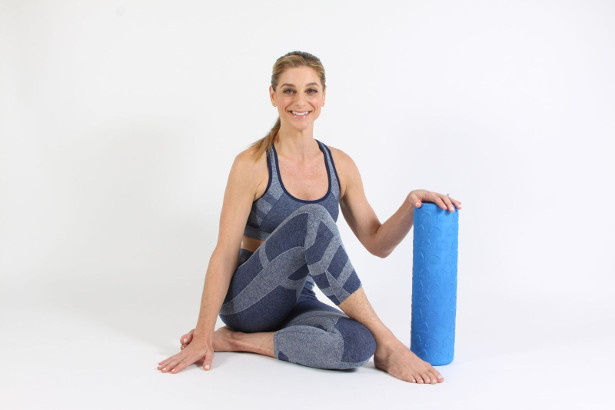
How MELT Performance can help: The MELT Performance techniques and sequences are built around reintegrating the stability of the shoulder girdle. A stable shoulder girdle means the chances of the shoulder getting injured is immensely reduced. The Upper Body Stability Sequence moves including “Shear of the upper torso and gliding of the upper torso,” “Rinsing the Upper Back,” and “Side Lying Arm Fan” all restore and re-stabilize fluid back to the shoulder girdle.
MELT Performance has launched – it’s a revolutionary self-care method that boosts your competitive edge and reduces your risk of injury.
MELT Performance is not exercise. Rather, MELT Performance actually enhances everything else you already do in your current exercise routine. You can use MELT Performance before a workout to improve athletic performance and after a workout to reduce recovery time, aches, and stiffness. This method directly addresses aspects of your body that no training regimen, diet, or medicine can affect. It’s a game changer! MELT Performance is the missing piece in sports performance and your solution to chronic pain.
For more information about MELT Performance please visit www.meltmethod.com/melt-performance
